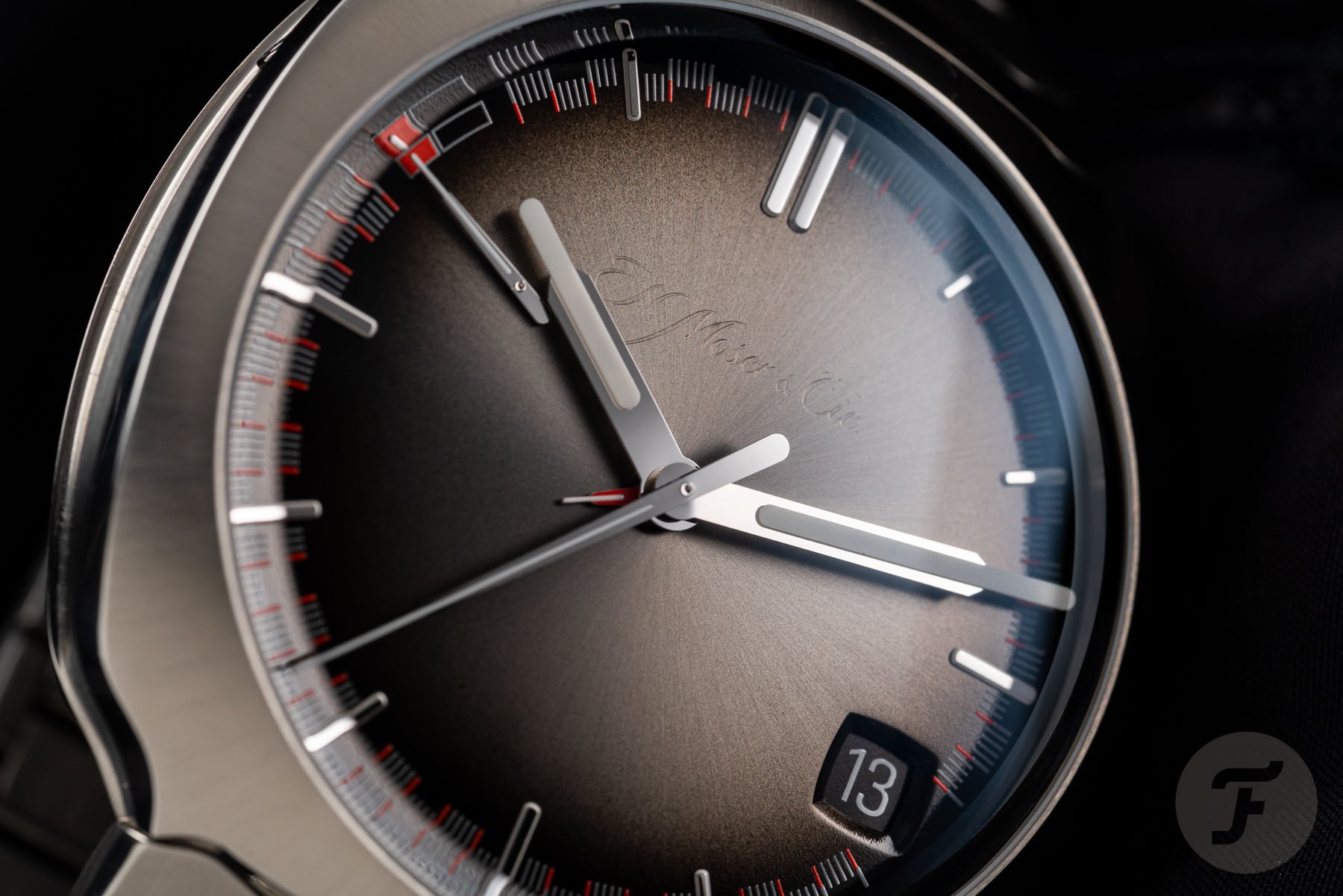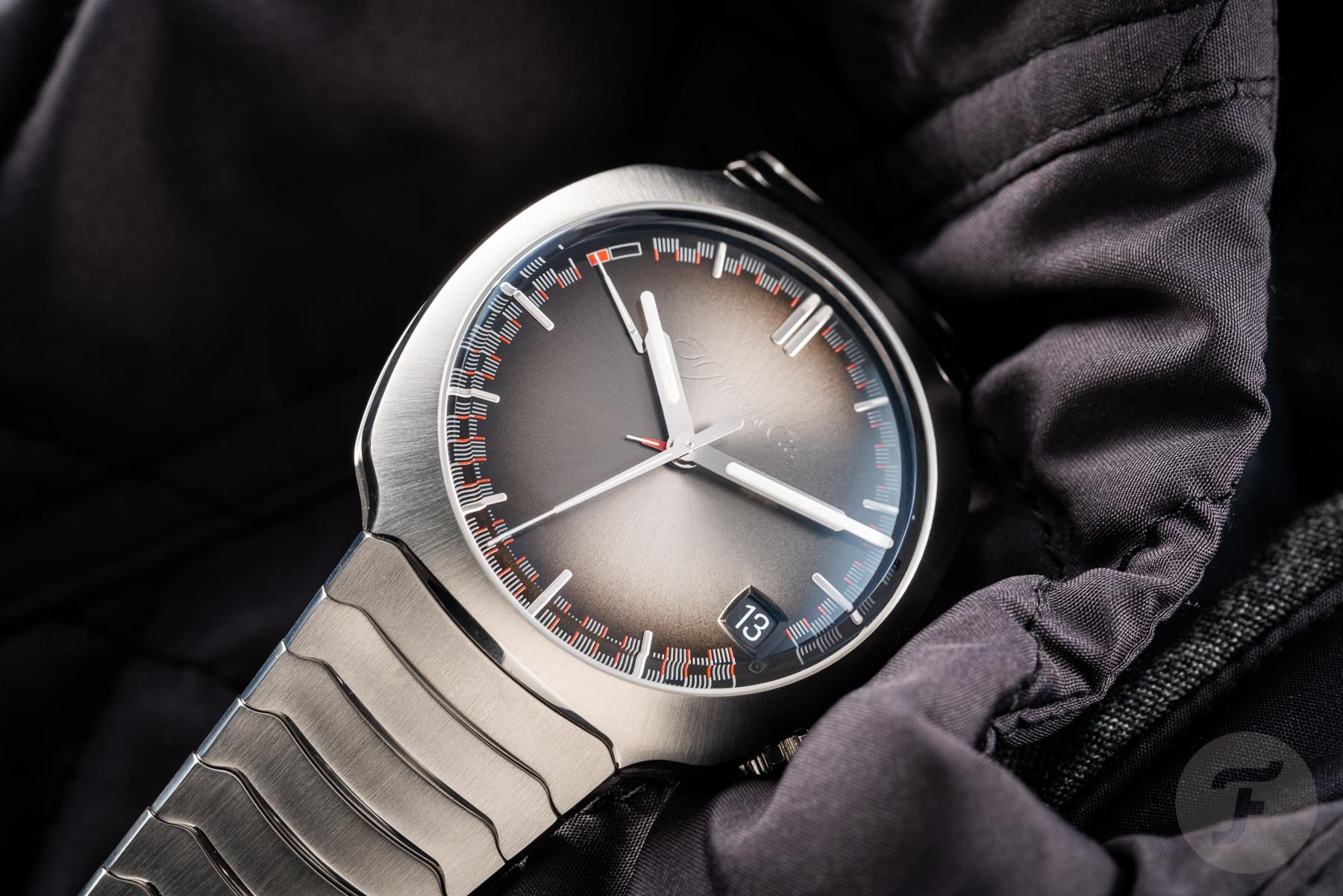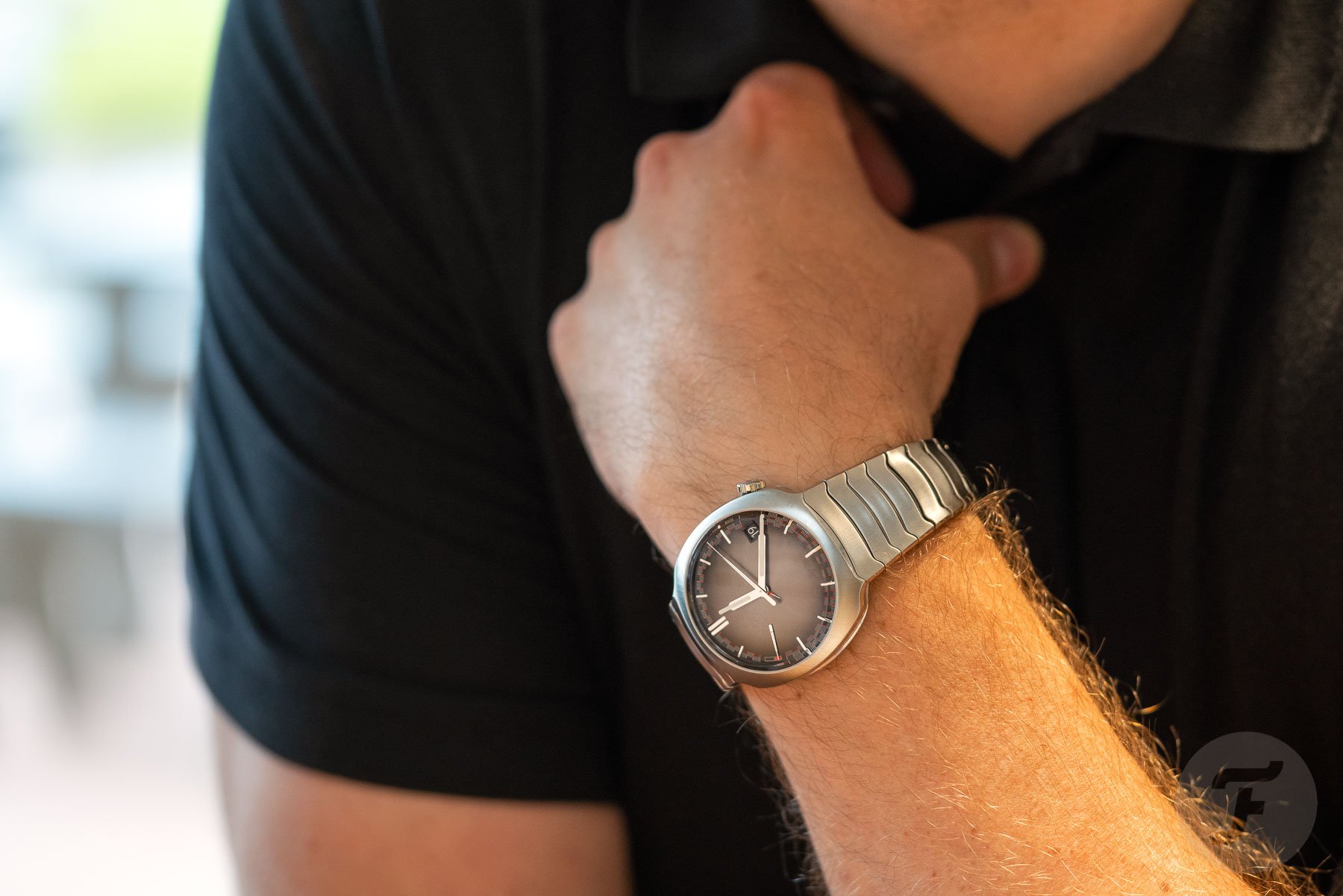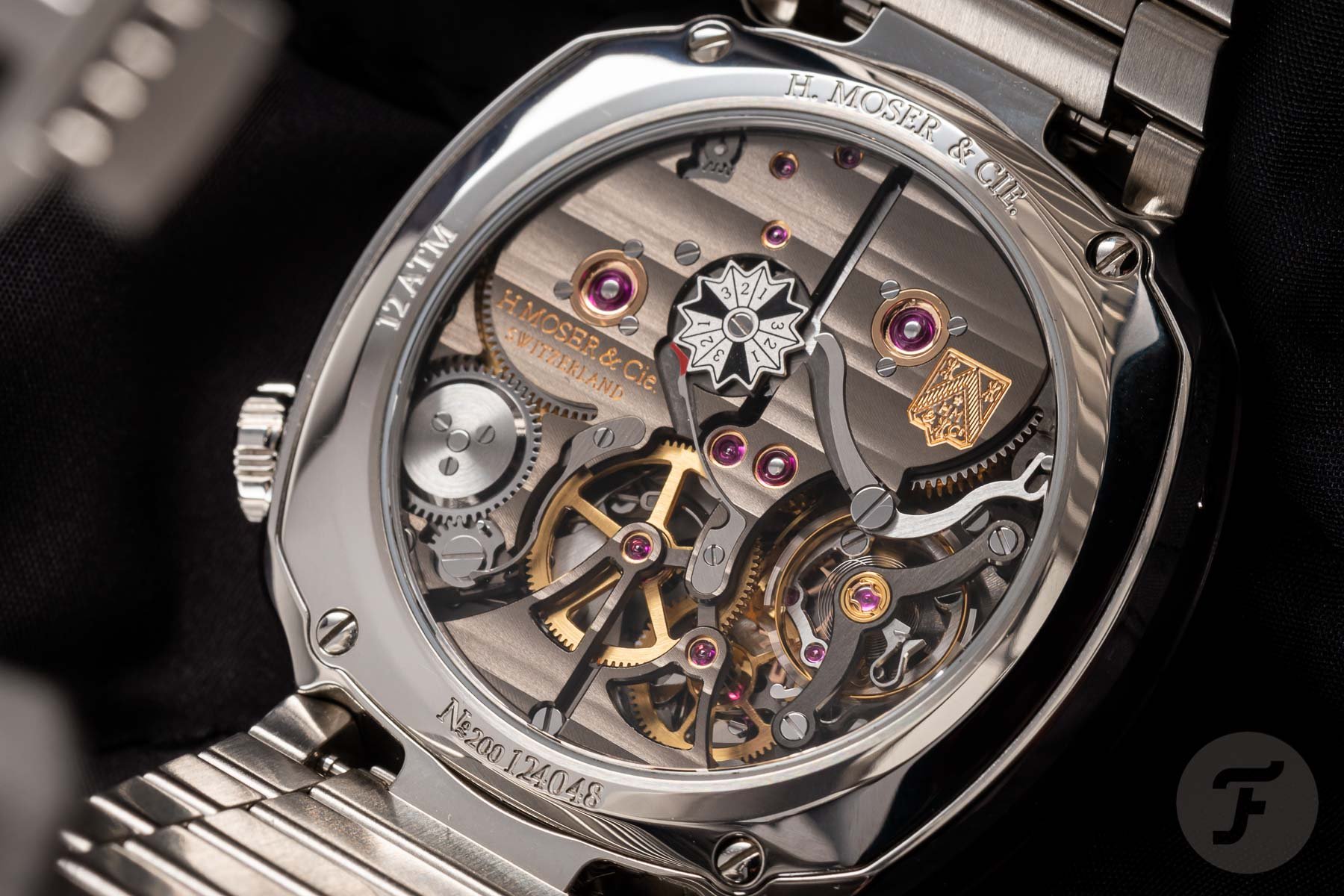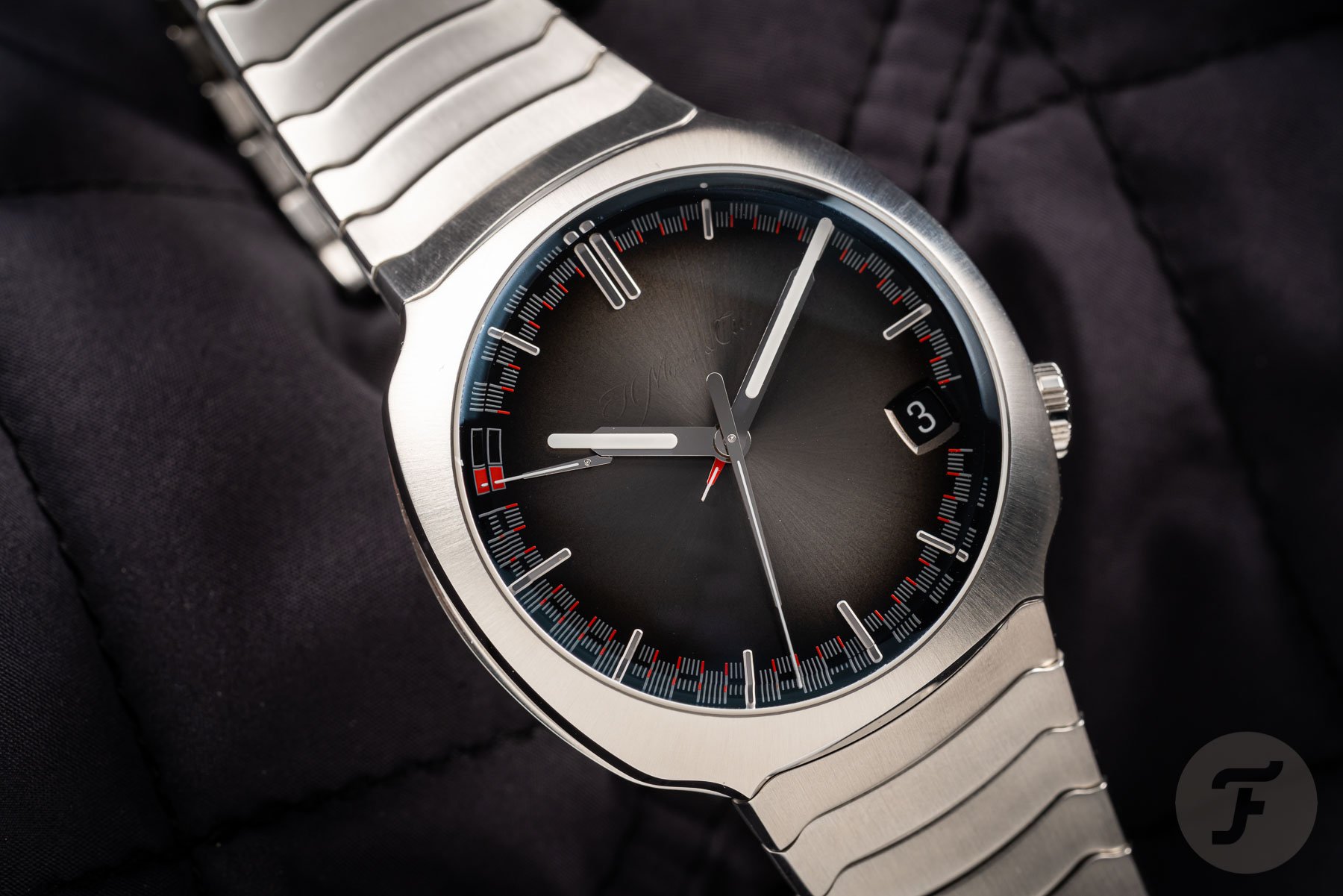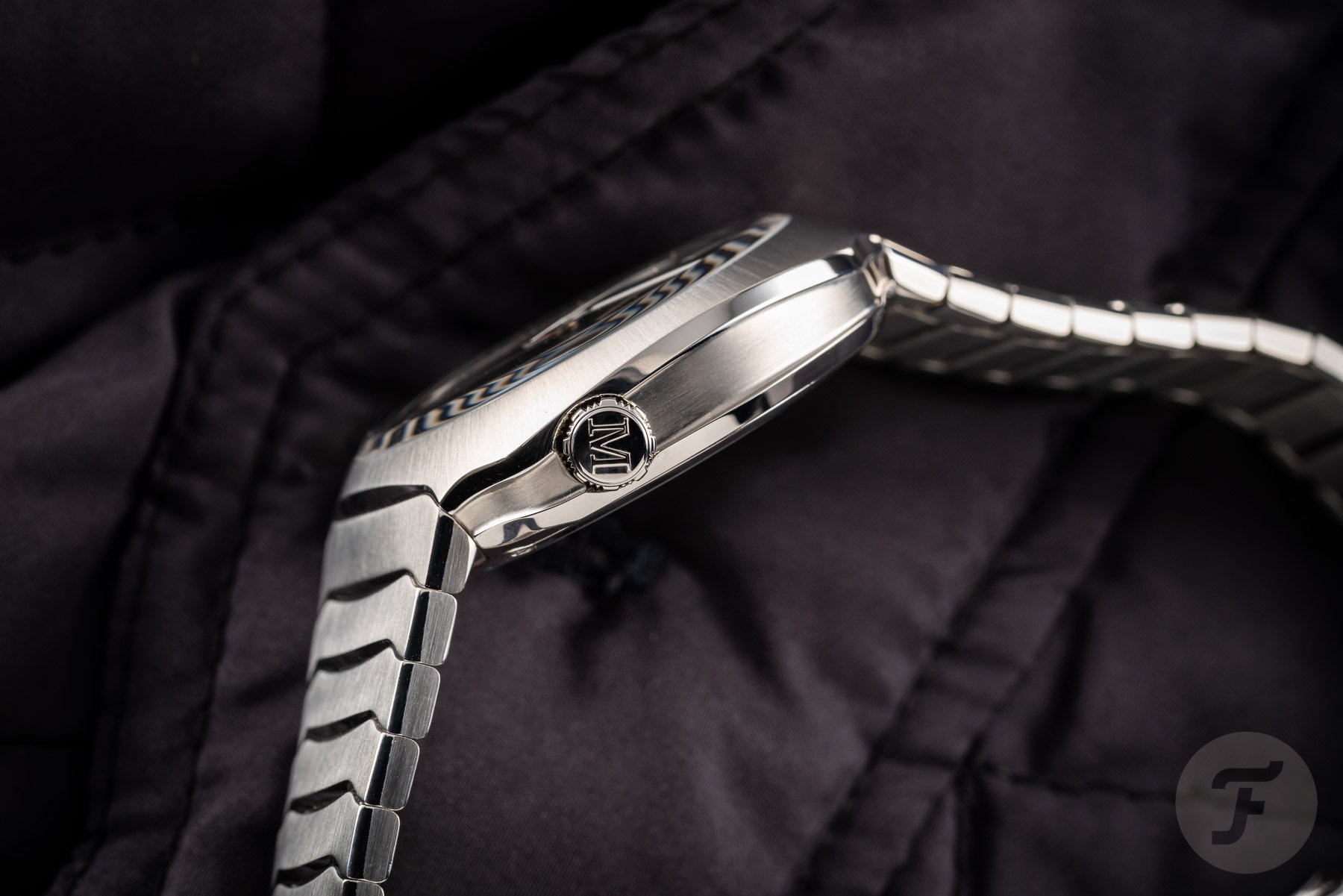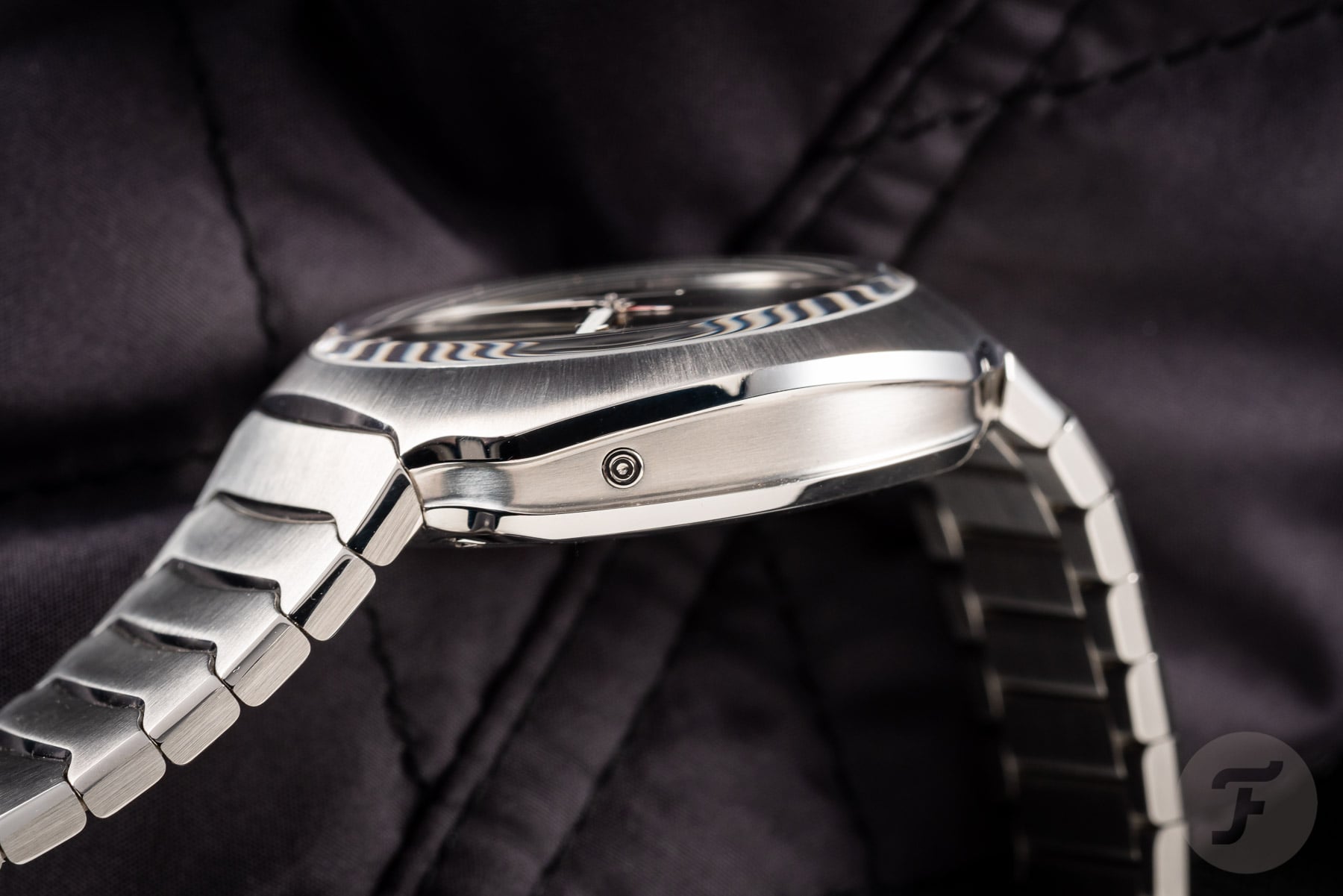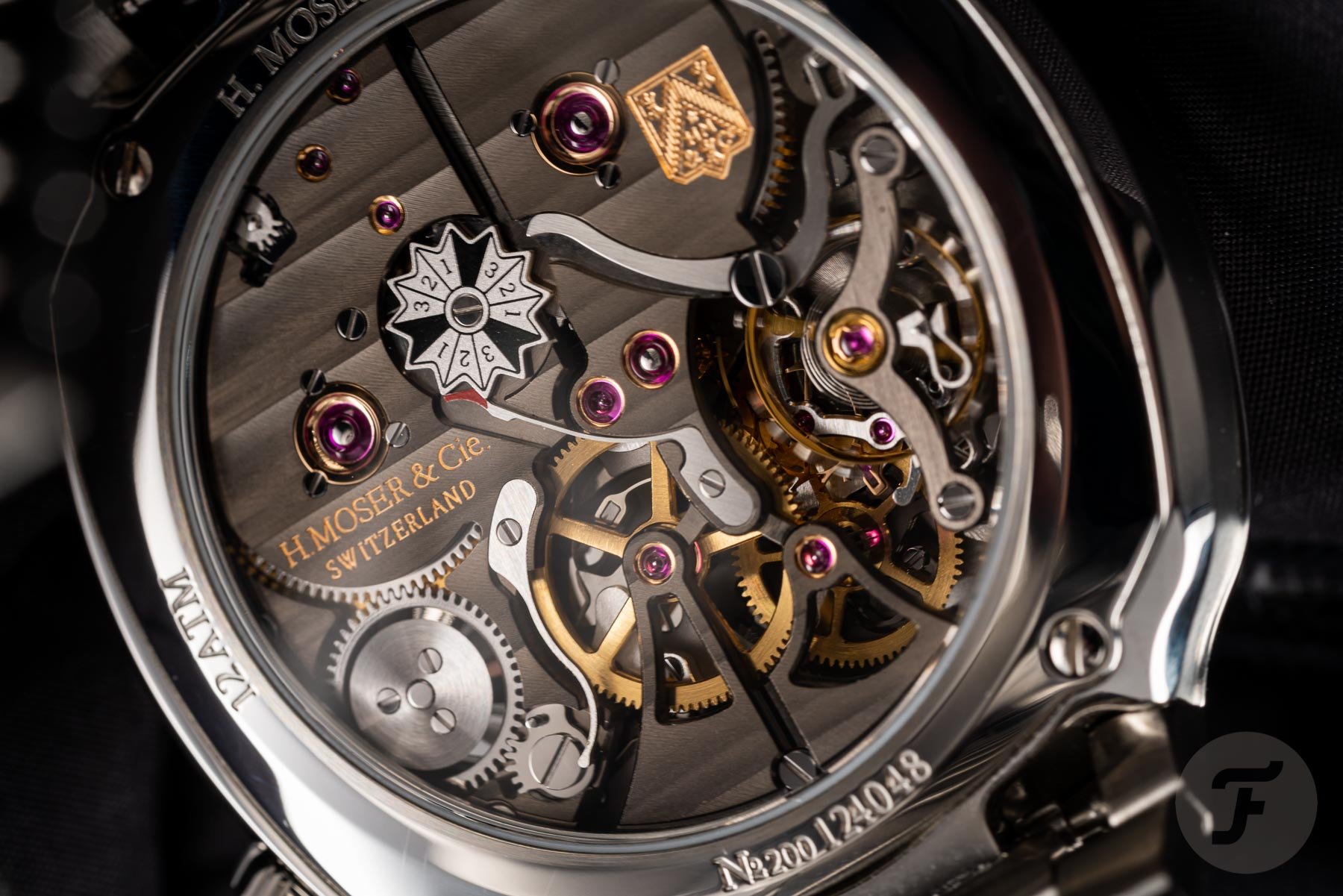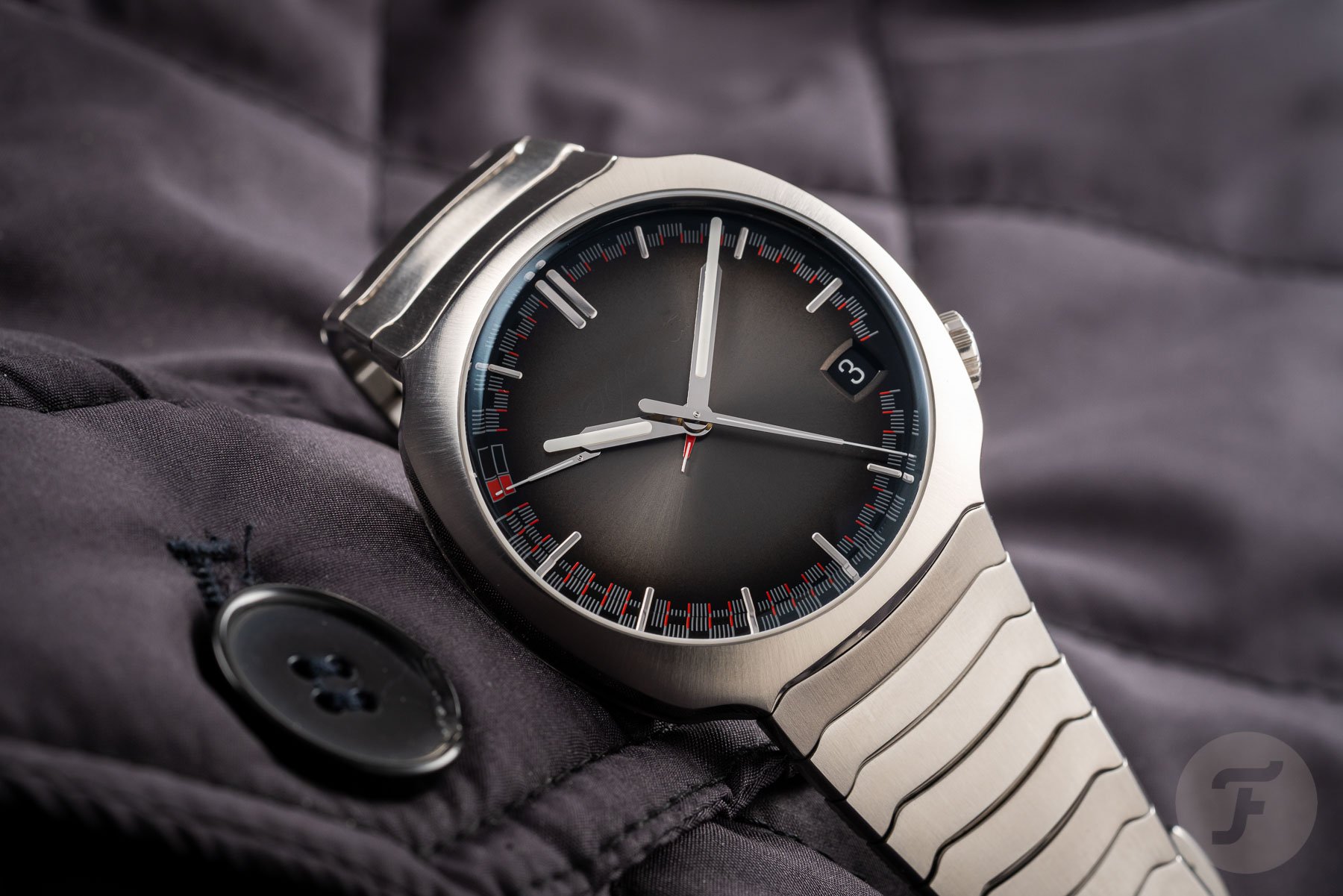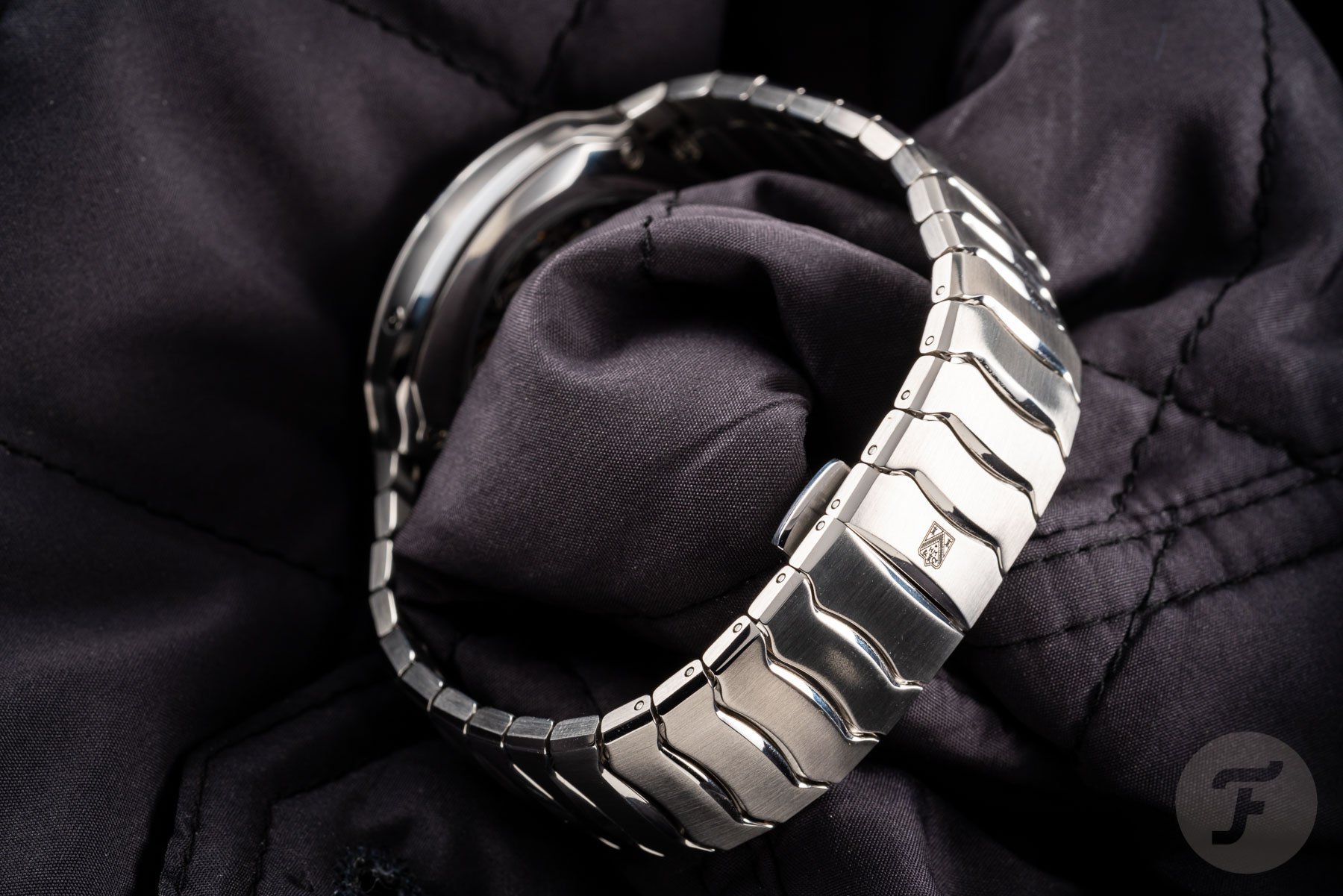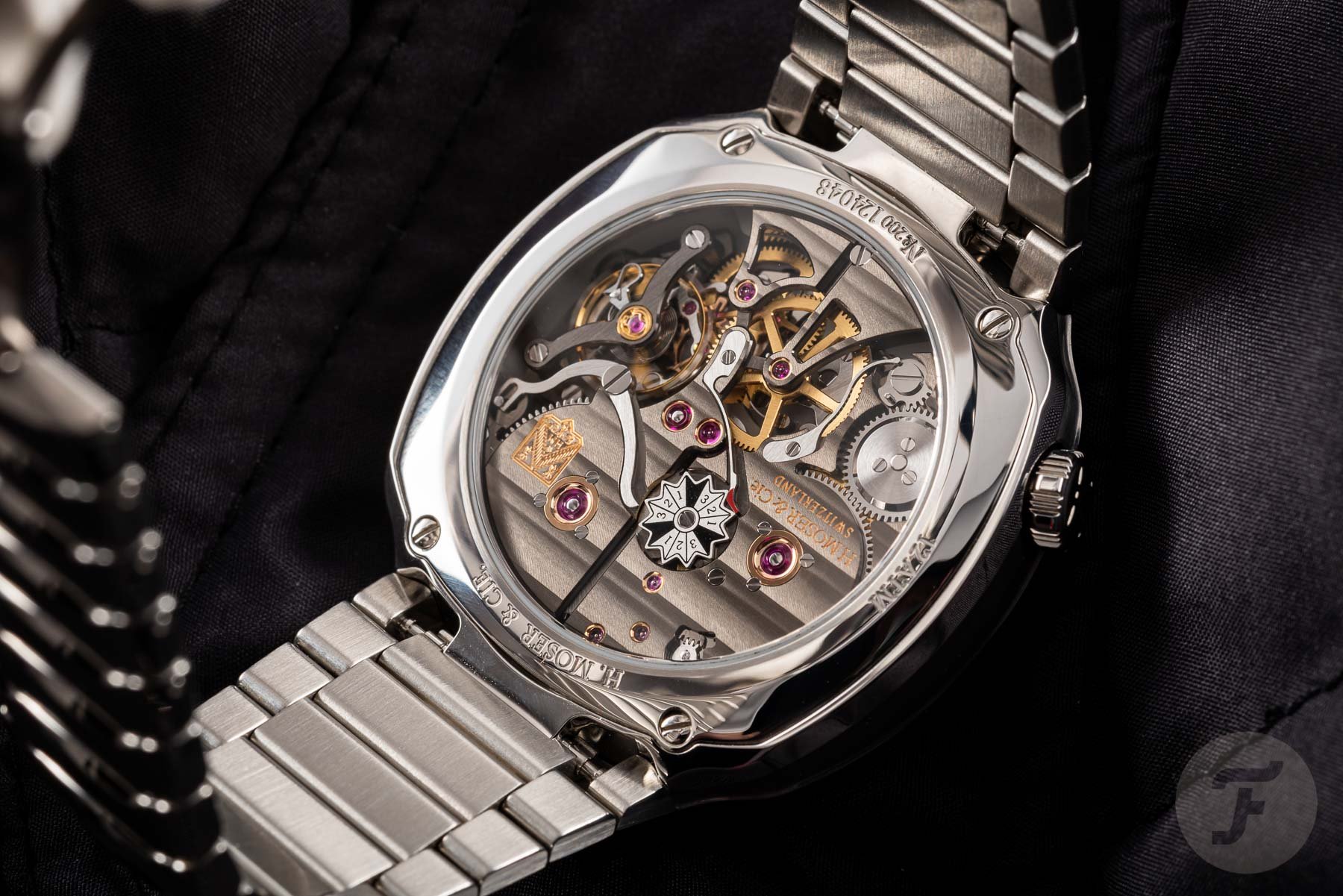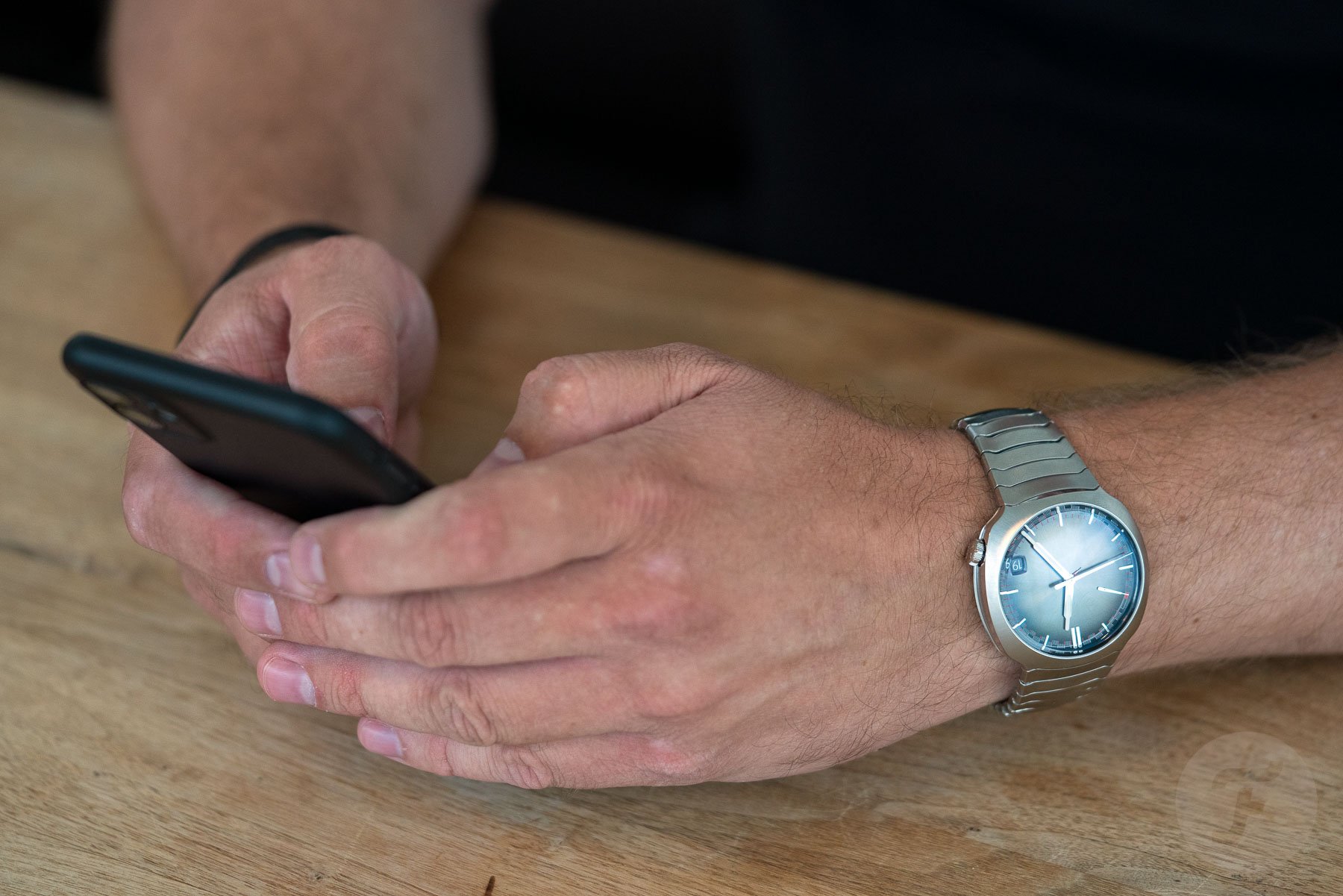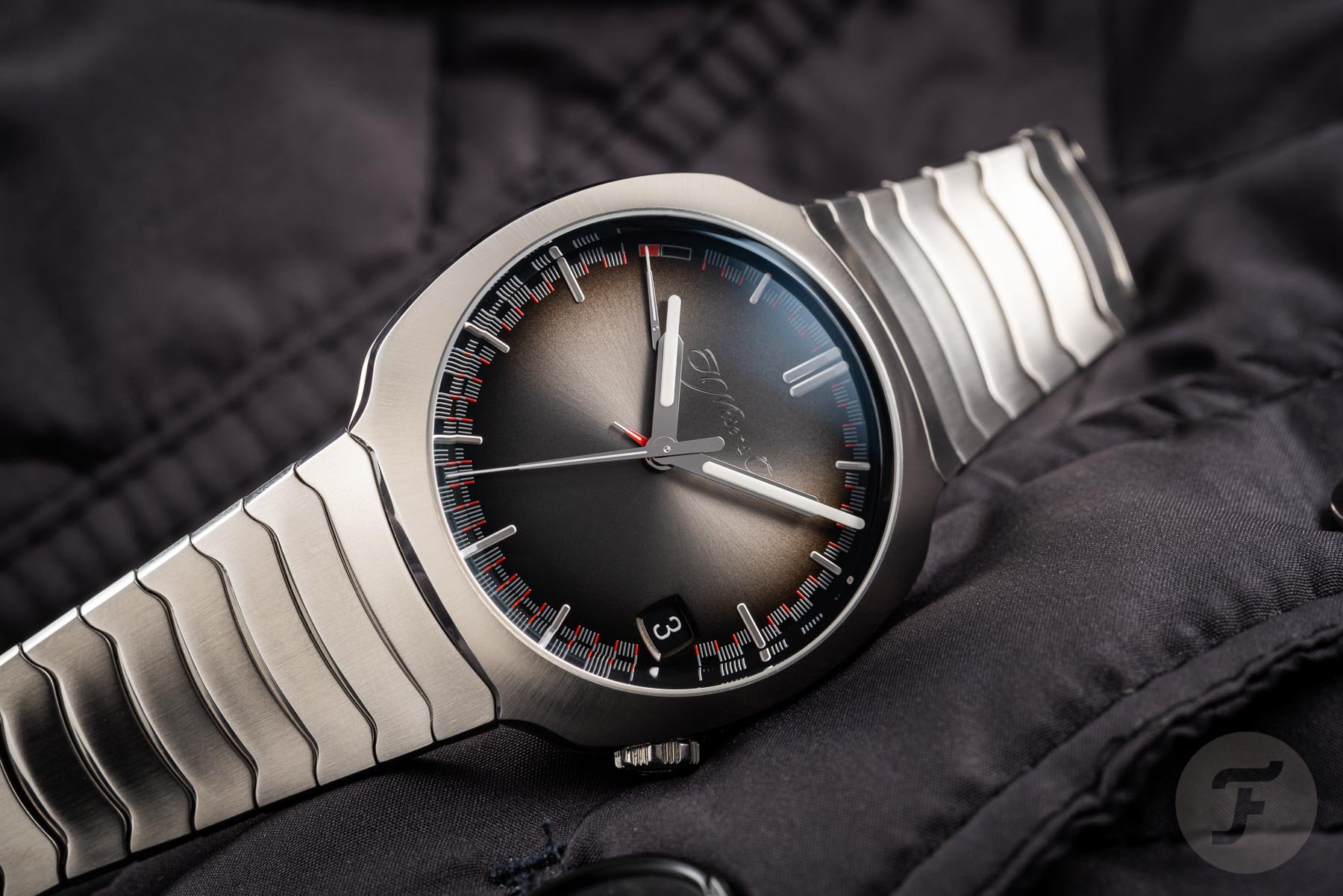H. Moser & Cie. Streamliner Perpetual Calendar Watch Released At GWD 2021
The Streamliner has its fans all over the industry, but that doesn’t mean it is that well known outside of watchmaking. With the latest addition to the Streamliner family a quietly complicated entry, the industry’s best-kept secret superstar looks set to continue to fly under the radar of everyone that isn’t paying close attention. And that’s kind of nice, don’t you think? I sat down with Edouard Meylan at Geneva Watch Days to talk about the H. Moser & Cie. Streamliner Perpetual Calendar and the pressures and pleasures of bringing a modern classic to life.
In our efforts to bring you as much news as possible from as many angles as we can and as quickly as we’re able, I decided to roll my review of this piece into the same post as the Zoom capture of our live Webinar, which took place at 17:00 on August 31st, 2021. If you follow us on Instagram (@fratellowatches), you will be able to find it in our reels section, as well as on my personal channel (@robnudds).
https://vimeo.com/595760682
If you weren’t able to make the Webinar, I’d recommend watching the video above. In it, Edouard Meylan communicates his feelings on the Streamliner family, what it’s like being the custodian of a modern classic, and the biggest challenges presented to brands during these unusually disrupted times.
The watch itself
But what about the watch itself? We at Fratello were very fortunate. We were among the first people in the world to actually see this model in the metal. For a couple of weeks, it did the rounds at our headquarters in the Hague, with each team member spending a bit of time with the model on their wrist.
As it fell to me to write the initial review, I had a little longer with it than most and, I must say, its wearability meant that this particular iteration of the Streamliner family grew on me over time. I mean, look at that bracelet! Not only is this “lobster” construction a sight to behold, finished exceptionally well, and incredibly characterful, the fact half links are available in the same style means getting a good fit is actually possible.
…a design that looks set to reach far beyond the era of its launch…
I’ve extolled the brilliance of the Streamliner collection since its release, regularly citing it as one of three modern classic sports watches we’re able to enjoy right now (the other two are the Czapek Antarctique and the Bvlgari Octo Finissimo). However, I’ve also been clear about one slightly odd truth: despite recognizing the Streamliner as a classic and a design that looks set to reach far beyond the era of its launch and affect the way sports watch design is viewed in the future, it is not a watch I would wear regularly myself.
An odd personal experience
If that sounds odd to you, I apologize. It’s simply my personal and professional analyses existing in the same breath despite their juxtaposition. As I’ve said many times before, taste and design are not the same things. Being able to separate one’s personal taste from the assessment of a new watch is essential in understanding its market potential. The Streamliner is an excellently designed watch. It is consistent within itself. The visual message it sends is clear and easily understandable. It is different. The way the watch is designed ensures the desired aesthetic does not compromise the feasibility of its creation. The method and the muse are in perfect harmony. It is a fully-realized, uncompromising concept brought to life expertly. It is, in short, a triumph.
Is it for my wrist personally? Well, until I wore the H. Moser & Cie. Perpetual Calendar I would have said: “definitely not.” While that sounds like a very strong indictment against the Streamliner, it is not. I am jealous of my peers who can wear this watch. For some physical reason, it just doesn’t look right on me. I prefer the crisp, sharp lines of the Antarctique and the Octo Finissimo. Maybe that’s just my taste. Maybe it’s got something to do with my build. Whatever it is, I wasn’t convinced I could wear the Streamliner in the way it deserved to be worn. Ten days in, I decided I was wrong.
A generational thing
This might sound a bit weird, but I think the reason I couldn’t initially settle with the Streamliner Perpetual Calendar on my wrist came down to a bit of a “generational” divide. I was born in 1985 so I was a total kid throughout the ’90s. Some of my colleagues (and the main proponents of the Streamliner) were born in the ’70s, which means, of course, they hit ages at which one is generally more aware of fashion and trends during the ’90s.
Jorg, Mike, and RJ are all of similar ages and have a few years on me. They all remember the mad Ikepod craze that kicked off in ’94. I turned nine years old that year and had barely worn a watch. meanwhile, my colleagues were in their mid-late teens and found themselves very aware of the exhilaratingly organic styles and free-flowing creativity being preached in those days.
I came to maturity during a very bombastic, aggressive era of watchmaking. Bigger was better and jutting angles and industrial fusions were the order of the day. When I saw the Antarctique for the first time, I saw the refined successor of that period. I saw a model that had learned from the mistakes of the past. I saw completion. When I saw the Streamliner, I knew it is technically excellent. I knew that it was a direct peer of the Czapek. And somewhere, on some level, there was a small voice in the back of my mind calling to me from 1994, reminding me there was something else about this watch that I hadn’t yet been able to place.
A time-traveler
Ultimately, the Streamliner ended up taking me back to that time and, once that nostalgic appreciation hit me in “the feels” as the kids born around the same time as Ikepod apparently say, it catapulted me into a possible future that I fully expect to play out before the brand now it has struck upon exactly what it needed to take the next step.
H. Moser & Cie. has always been a brand capable of generating headlines. Questions persisted, however, as to how long it could survive without a true icon. Well, now the brand has it, and this Perpetual Calendar model takes things in a new direction that is at once satisfying and digestible.
Tomorrow’s champion
This development will satisfy fans of high complications. The always-excellent Agenhor has provided the sumptuous movement once more. Similarly, those who prefer their displays clean and clear will have few gripes over this display. The date is presented very humbly in a simple, no-nonsense window toward the edge of the dial around the 4 o’clock position. An equally demure power reserve indicator occupies the area near the 10 o’clock marker. The month is indicated via the stubby hand, centrally mounted beneath the hour, minute, and seconds hands.
I love the simplicity of these month indicators. Simple as it is, I really enjoy the beautiful symmetry of 12 months in the year and 12 hours on a watch dial, however, I always find myself giggling at just how stubby they are. They do their job adequately, however, and their shortness does not detract as much from the legibility of the information they’re displaying as you might imagine it to.
The HMC 812 Manufacture caliber
We’ve seen similar movements deployed in Moser’s other perpetual calendars in the past. This has to be the most exciting execution yet, however. Seeing the fusion of such artisanal horology and exquisite design is a treat. The information offered by the fiendishly clever movement (check out the video with Edouard above to learn about its smart setting mechanism) is clearly laid out on the uncluttered fumé dial. The movement you see here, sitting within the 42.3mm by 11mm case (excluding top crystal, which bumps it up to closer to 11.5mm) is the hand-wound HMC 812 Manufacture caliber, which operates at 18,000vph, and boasts a tasty power reserve of 168 hours thanks to a double-barrel construction.
I’m still eager to see more colors in the Streamliner collection, but the deft use of accents here is welcome. I find this model, with its “racing” seconds track, to be one of the most pleasing to the eye. I can’t wait to see what’s next from this collection. To learn more about H. Moser & Cie. and the Streamliner collection, click here.

